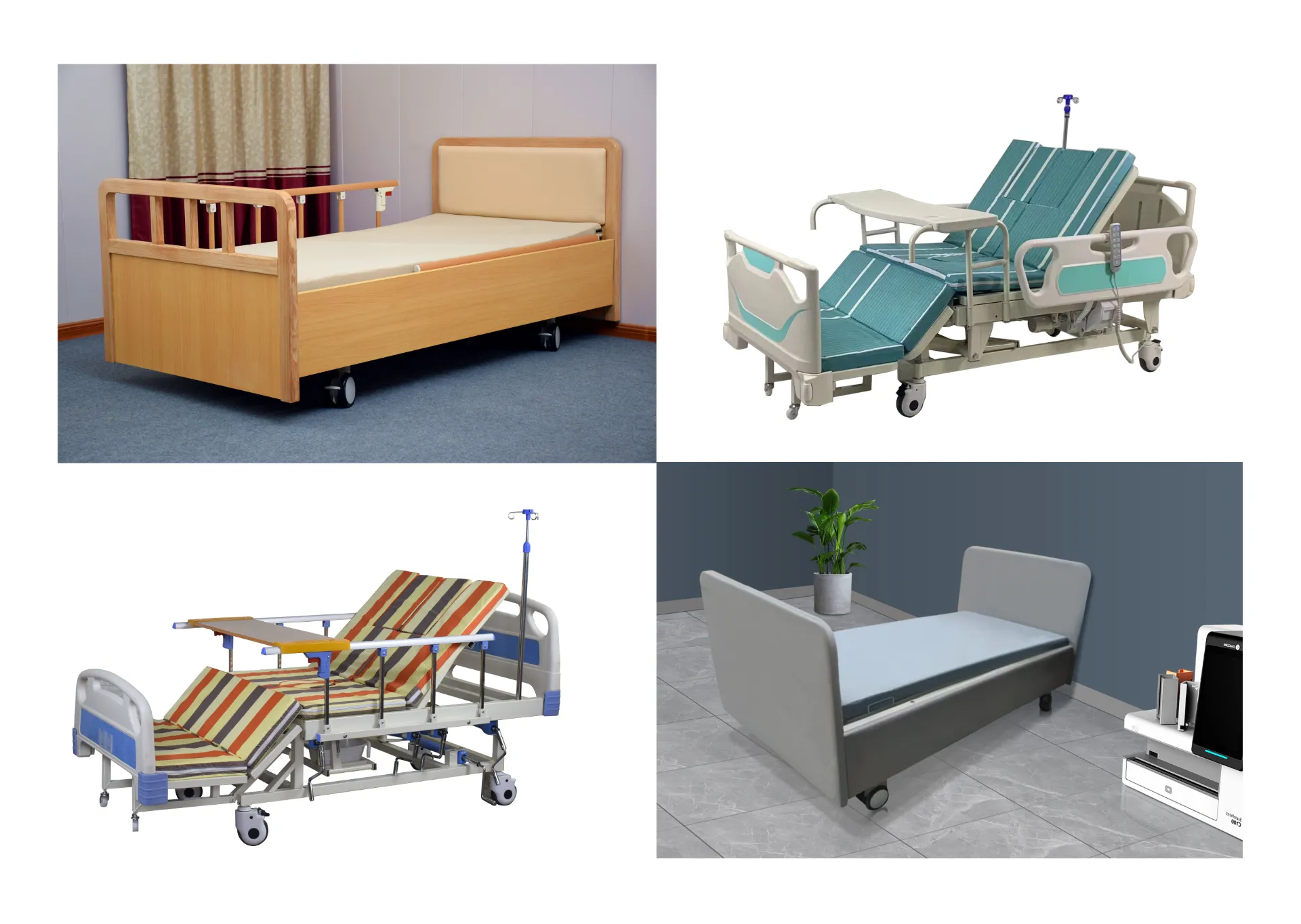Welcome to our websites!
Comfortable Recliner Beds Designed for Patient Recovery and Well-Being
The Benefits of Recliner Beds for Patients
Recliner beds are increasingly becoming a staple in the healthcare setting, providing patients with enhanced comfort, support, and functionality. Designed to offer both patients and caregivers a range of benefits, these specialized beds are particularly valuable in hospitals, clinics, and home care environments. This article explores the numerous advantages of recliner beds for patients, focusing on their ergonomic design, versatility, and overall impact on patient well-being.
Enhanced Comfort and Support
Recliner beds are engineered to provide maximum comfort to patients, especially those undergoing long-term treatment or recovery from surgery. The adjustable features of these beds allow patients to find their optimal sleeping or resting position. This is particularly beneficial for individuals with mobility issues, as they can adjust their position without needing assistance. The ability to recline or elevate certain sections of the bed can significantly alleviate pain and discomfort, particularly for patients with back issues, post-operative discomfort, or conditions like COPD (Chronic Obstructive Pulmonary Disease) that require them to sit up at an angle.
Moreover, the cushioning in recliner beds often surpasses that of standard hospital beds, which can sometimes be rigid and less accommodating. Plush materials and ergonomic designs help distribute body weight evenly, reducing pressure points and minimizing the risk of bedsores—a common concern for patients with limited mobility.
Versatility in Use
One of the standout features of recliner beds is their versatility. They can be adjusted to various positions, allowing for multiple functions from a fully reclined position for sleeping or resting to an upright position for dining, reading, or socializing. This adaptability is particularly advantageous for patients who may be in prolonged care but wish to maintain a sense of normalcy and autonomy.
recliner bed for patients

Additionally, recliner beds often come equipped with features such as built-in trays, storage compartments, and even entertainment systems, making them suitable for a range of activities
. This helps keep patients engaged and can improve their overall mood and satisfaction during recovery.Improved Caregiver Interaction
Recliner beds also facilitate better caregiver interaction. With their adjustable components, healthcare providers can easily reposition patients for examinations, treatments, or just to check in. This ease of access can make the caregiving process smoother and more efficient, ultimately leading to better patient outcomes. Caregivers can focus more on patient interaction and less on physically manipulating the patient, which can be taxing and time-consuming.
Furthermore, the added comfort provided by recliner beds can lead to decreased stress and anxiety in patients, making it easier for caregivers to communicate and connect with them. This improved relationship between patients and caregivers can enhance the overall healing environment.
Enhanced Recovery Experience
The overall recovery experience for patients can significantly improve with the use of recliner beds. The combination of comfort, versatility, and support can lead to better sleep quality, which is crucial for healing. Additionally, being able to adjust their position may help patients feel more in control of their recovery journey, contributing to a positive mindset and faster recovery times.
In conclusion, recliner beds represent a valuable addition to patient care settings. Their focus on comfort, versatility, and facilitating caregiver interactions ensures that patients receive not only the medical treatment they need but also the emotional and physical support necessary for recovery. As healthcare continues to evolve, the importance of patient-centric design in equipment like recliner beds cannot be overstated, making them an essential tool in promoting better health outcomes.
-
Transforming Healthcare with Hospital FurnitureNewsJun.24,2025
-
Rehabilitation EquipmentNewsJun.24,2025
-
Mobility and Independence with WheelchairsNewsJun.24,2025
-
Freedom of Mobility with Our Rollator WalkersNewsJun.24,2025
-
Comfort and Independence with Commode ChairsNewsJun.24,2025
-
Bathing Safety and Independence with Shower ChairsNewsJun.24,2025
-
Navigating the Wholesale Landscape of Electric Mobility Solutions: Key Considerations for Power Wheelchair DealersNewsJun.10,2025











